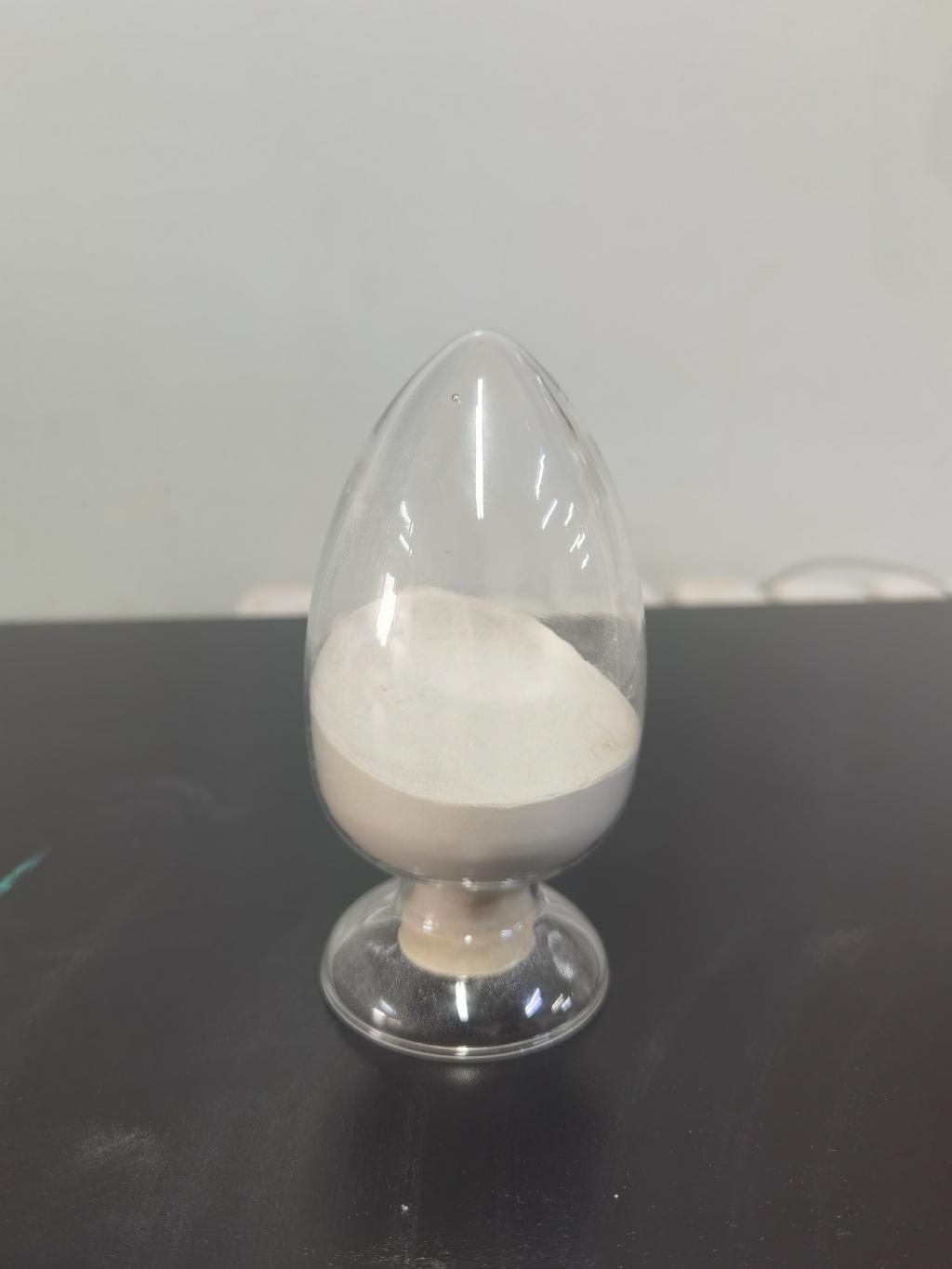Tel:+8618231198596

News
 CONTACT
CONTACT
 CONTACT
CONTACT
- Linkman:Linda Yao
- Tel: +8618231198596
- Email:linda.yao@dcpharma.cn
- Linkman:CHARLES.WANG
- Department:Overseas
- Tel: 0086 0311-85537378 0086 0311-85539701
News
Current Position:
Home >
News
>Has Nisin been studied for its potential to inhibit the growth of bacteria in salad?
Has Nisin been studied for its potential to inhibit the growth of bacteria in salad?
TIME:2023-06-21
Introduction:
Salad dressings and mayonnaise are emulsion-based food products containing oil, water, and various ingredients. These products provide a favorable environment for bacterial growth, posing a challenge to their microbiological stability and safety. Nisin, a natural antimicrobial peptide, offers a promising solution for inhibiting bacterial growth and extending the shelf life of these perishable food items.
Antimicrobial Activity of Nisin:
Nisin exhibits potent antimicrobial activity against a wide range of Gram-positive bacteria, including Listeria monocytogenes, Staphylococcus aureus, and Bacillus cereus, which are commonly associated with foodborne illnesses. It acts by disrupting the integrity of the bacterial cell membrane, leading to cell death. Studies have demonstrated the effectiveness of nisin in inhibiting bacterial growth in various food systems, including liquid and semi-liquid products like salad dressings and mayonnaise.
Factors Influencing Nisin's Effectiveness:
Several factors can influence the effectiveness of nisin in inhibiting bacterial growth in salad dressings and mayonnaise. These factors include pH, temperature, presence of interfering substances, formulation characteristics, and storage conditions. Optimal pH conditions, typically in the acidic range, are known to enhance nisin's antimicrobial activity. Additionally, maintaining appropriate storage temperatures and avoiding ingredients that may interfere with nisin's efficacy are crucial for maximizing its antimicrobial effectiveness.
Applications of Nisin in Salad Dressings:
Salad dressings often contain acidic ingredients such as vinegar or citrus juices, which provide an environment conducive to nisin's antimicrobial action. Studies have shown that the addition of nisin to salad dressings effectively inhibits the growth of various pathogenic and spoilage bacteria. Nisin can be incorporated into the formulation during production or applied as a post-process treatment to enhance microbiological stability.
Applications of Nisin in Mayonnaise:
Mayonnaise, with its high oil content and neutral pH, presents unique challenges for microbial control. However, studies have demonstrated that nisin can effectively inhibit the growth of bacteria in mayonnaise formulations. Factors such as the concentration of nisin, pH adjustment, and storage conditions play a crucial role in determining its efficacy. The addition of nisin can significantly improve the microbiological quality and extend the shelf life of mayonnaise products.
Regulatory Considerations and Consumer Acceptance:
The use of nisin as a food preservative is subject to regulatory requirements in different countries. It is important to ensure compliance with local regulations regarding the maximum permitted levels of nisin in food products. Additionally, consumer acceptance of nisin as a natural preservative should be considered, as it aligns with the growing consumer demand for clean label and natural ingredients.
Challenges and Future Directions:
Despite the potential benefits of nisin in inhibiting bacterial growth in salad dressings and mayonnaise, several challenges exist. These include the need for optimizing nisin concentrations, addressing potential interactions with other ingredients, and developing efficient delivery systems to ensure uniform distribution. Future research should focus on overcoming these challenges and exploring novel approaches to enhance the stability and efficacy of nisin in these food formulations.
Conclusion:
Nisin demonstrates significant potential as an effective antimicrobial agent for inhibiting bacterial growth in salad dressings and mayonnaise. Its broad-spectrum activity against pathogenic and spoilage bacteria, coupled with its natural origin, makes it an attractive alternative to traditional preservatives. By understanding the factors influencing its effectiveness and addressing the associated challenges, nisin can be successfully utilized to enhance the microbiological stability and safety of salad dressings and mayonnaise products.
- Tel:+8618231198596
- Whatsapp:18231198596
- Chat With Skype







